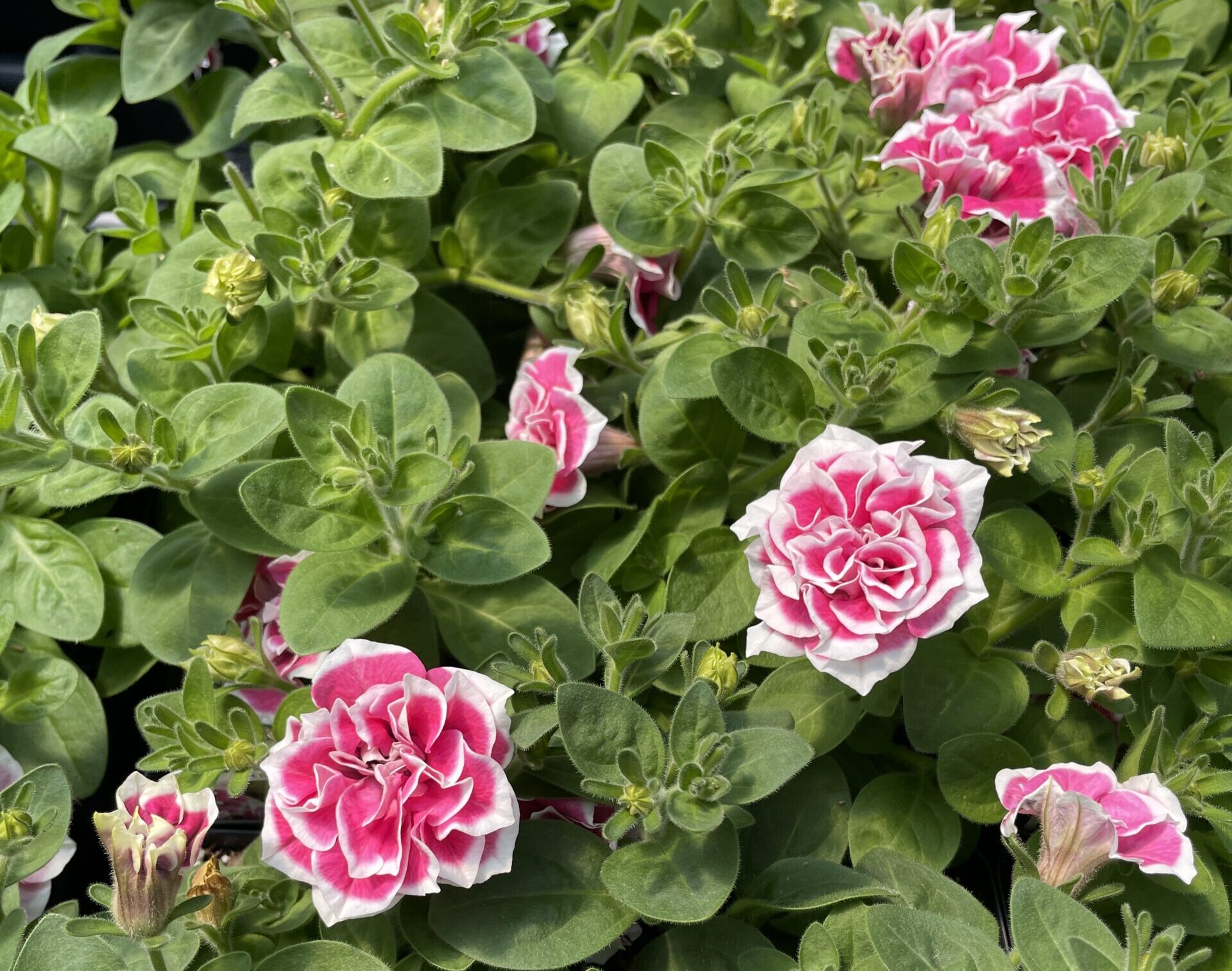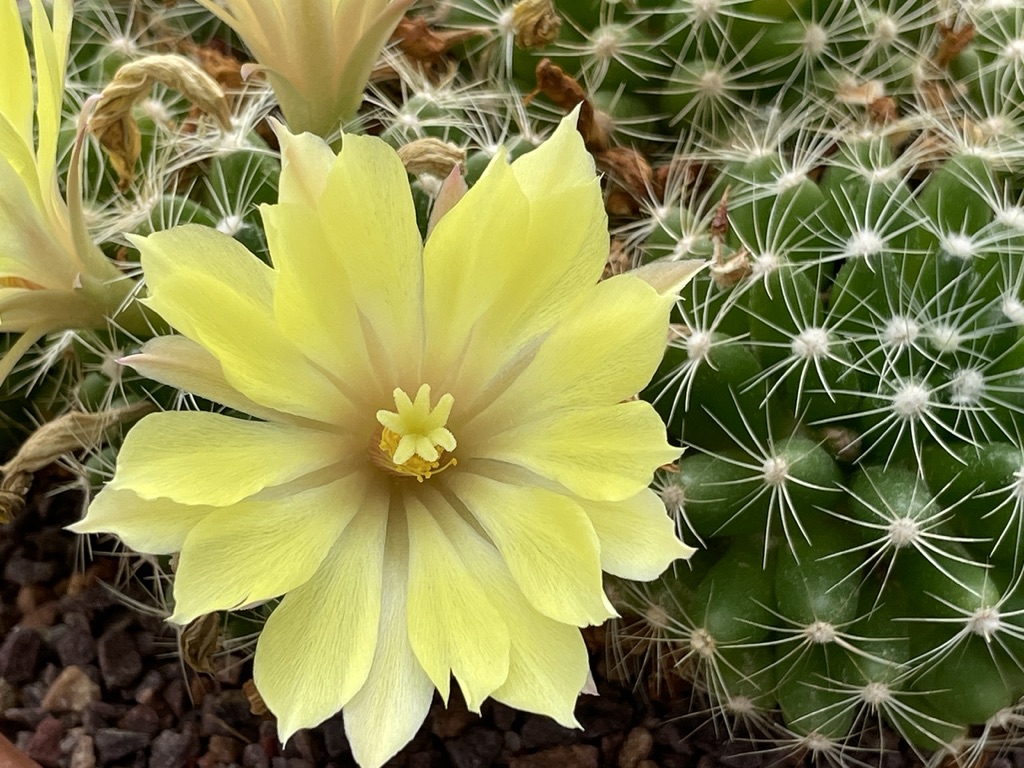To many, succulents and cacti are ideal houseplants. While fiddle leaf figs will drop their leaves with one missed watering and caladiums will wilt if the room humidity isn’t perfect, succulents and cacti are generally happy to sit on a sunny windowsill and not fuss if you go on a weeklong vacation.
But easy care certainly isn’t the only reason to add these lovely, waterwise plants to your home. Succulents and cacti come in a wide range of colors, sizes, and fun, funky forms, and they can even surprise you with the occasional stunning bloom.
On July 28 and 29 the Oak Park Conservatory will be hosting its Succulent and Cacti Sale where visitors can choose from a large assortment of plants grown in the Conservatory itself. In advance of the sale, we contacted Dr. Ken Boyer, a retired pediatrician who is now the designated volunteer at the Desert Room at the Conservatory. Dr. Boyer has a long history with succulents and cacti which first began when he and his wife Sue lived in Arizona in the 1970s—in fact, he still has some of the progeny of the plants he acquired there 50 years later! We emailed Dr. Boyer and asked him for a few of his expert tips on keeping succulents and cacti healthy and happy, which he kindly shared with us below.
What are some of the mistakes that you see beginners make when first learning to care for these plants?
Dr. Boyer: Mistakes that beginners make include:
1. Not giving their plants the proper light they need. South and east windows generally are best, with outside locations in the summer months.
2. Overwatering, also known as “killing with kindness”. Watering in general should be intermittent (weekly, more or less) and only when the soil has become dry. Trays below your pots will protect your furniture and windowsills but these plants should never sit in a puddle of water. Winter months in general require less watering.
3. Overpotting, which is a variant of number 2. Pots should be appropriate to the size of the plant and relatively shallow to avoid having continually wet soil at the bottom of the pot that results in root rot. Clay pots are best.
4. Inadequately-draining soil, which is another variant of number 2. Look for potting soil labeled “cactus and succulent mix” that includes plenty of grit, perlite, and/or pumice in it. This allows the air to reach the plants’ roots and resembles their native environments.
What succulents and cacti are the easiest to grow? Which ones do you recommend beginners start with?
Dr. Boyer: In general, succulents are easier and more tolerant than cacti (but I really do get a kick out of the latter when they’re doing well and put out flowers). Relatively easy succulents include Jade Tree (Crassula of various species), Crown of Thorns (Euphorbia miliae and other euphorbias), Haworthias (cute little guys), Christmas Cactus (Schlumbergera truncata), and Snake Plants (Sansevierias of various species are probably the most forgiving of all). Cacti that can tolerate a bit of abuse and likely will flower if they’re happy include Lady Finger Cactus (Mammillaria elongata) and Easter Lily Cactus (Echinopsis oxygona).
Do you have any little-known tips that even experienced growers of succulents and cacti might not be aware of?
Dr. Boyer: Many of these plants are used to a “winter dormancy” period with less light and water than summer months and temperatures that go down into the 40s and 50s. (That’s winter in Phoenix, Tucson, and coastal California.) When they have that environment, they “take off” in spring and are more likely to flower.
Visit the Oak Park Conservatory’s Succulent and Cacti Sale on Friday, July 28 from 10am to 2pm and Saturday, July 29 from 10am to 1pm.
Blog written by Antonia Davison







